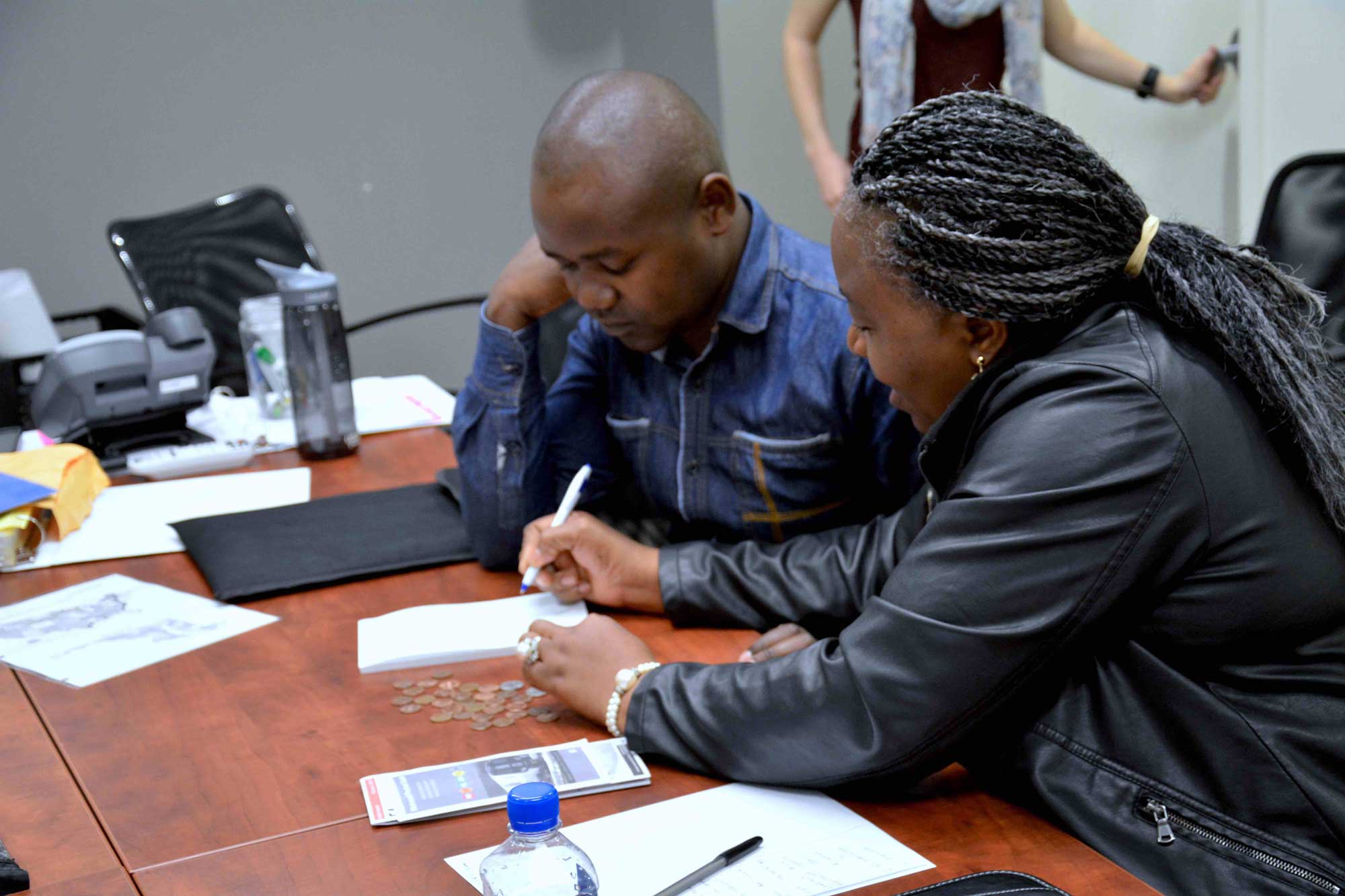
Create Interactive One-on-One Cultural Orientation
DOWNLOAD FULL PDF
Group Cultural Orientation inherently creates opportunities for dynamic exchange among learners as well as student-centered activities that enhance learning. When group Cultural Orientation is not possible, instruction can easily become teacher-centered and static. To avoid that tendency, CORE recommends the following tips to create one-on-one sessions that are interactive, engaging, and encourage community integration and overall self-sufficiency.
IMAGE CAROUSEL
Deliver Information Over Time
Slide Content
Deliver Information Over Time
When determining how to deliver a one-on-one Cultural Orientation session, providers should be aware of cognitive load, and avoid providing learners with more information than is possible for working memory to retain. Information should be delivered or shared in manageable amounts over time. Learners should also have the opportunity to revisit Cultural Orientation topics later by accessing materials at home, including resources like the Settle In website and the Settle In mobile app.
To learn more about cognitive load and working memory, see CORE’s Online Courses: Cognitive Load and How to Manage It, and download CORE’s poster on the topic.
Utilize Multiple Mediums
In developing lessons for one-on-one Cultural Orientation sessions, Cultural Orientation providers should find opportunities to integrate a range of learning materials and resources into different activities. Materials and resources can include images and realia, as well as fact sheets, podcasts, videos, and slideshows available on the Settle In website or the Settle In mobile app. Utilizing these materials and resources can help to bring the information alive and promote student-centered learning.
Promote Experiential Learning
Experiential learning, also known as learning by doing, promotes interactive experiences and opportunities to reflect and apply knowledge through activities such as role plays, simulations, or the teaching of others. The benefit of experiential learning is that it asks learners to go beyond content memorization, draws on learners’ prior experiences, and allows them to discover how the information is relevant and practical to their lives. Collectively, these benefits contribute to better knowledge retention.
Customize The Experience
An advantage of one-on-one Cultural Orientation sessions is the ability to customize the experience to learner-specific needs. This not only includes considerations for language and interpretation, but also the customization of topics and the level of detail covered based on existing knowledge and possible gaps. For example, if learners have children in school, you may want to pull activities from the Supporting Your Child in School Supplemental Lesson Plan, or if medical concerns are present, spend more time on explaining healthcare in the United States.
Examples of Experiential Learning in Cultural Orientation
- Accompany the learner to the grocery store using public transportation, as appropriate, and conduct a shopping trip that allows the learner to demonstrate knowledge of good nutrition while applying principles of budgeting.
- Allow the learner to discover the role of the Resettlement Agency through an office scavenger hunt where the learner meets and collects information from different staff members.
- During a home-based orientation, ask the learner to provide housing and safety orientation as if you are a newly arrived refugee.
- Role play the experience of requesting an interpreter in different settings, such as at a school or in a doctor’s office.
- Reflect on the impact of budgeting and financial decisions by playing the Financial Advisor Game with the learner, following the instructions available in the Money Management Supplemental Lesson Plan.
Practice in Action
Jewish Family and Community Services in Pittsburgh, Pennsylvania has partnered with Carnegie Mellon University to develop a sustainable resource provided in hard copy to all refugees and integrated into Cultural Orientation delivery. The resource is a city passport with localized information to best understand and navigate the community. The International Rescue Committee in Richmond, Virginia, conducts home-based Cultural Orientation delivery for all newly arrived refugees. If necessary and particularly if there are childcare needs, they conduct multiple sessions so all family members receive the Cultural Orientation information. Following home-based Cultural Orientation delivery, refugees can attend community orientation, which serves as extended Cultural Orientation in a group setting, discussing topics in more depth and interacting with different community members and organizations.


